Cargando...
Recursos educativos
-
Nivel educativo
-
Competencias
-
Tipología
-
Idioma
-
Tipo de medio
-
Tipo de actividad
-
Destinatarios
-
Tipo de audiencia
-
Creador
-

Romanesque art
EduBook Organización
- 2955 visitas
5.1. Architecture: religious art Romanesque art developed in Europe between the 11th and 13th centuries. Most Romanesque works of art are religious. This shows the huge importance of religion in…
-
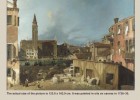
Painting: The Stonemason's yard, 1726-30
Tiching explorer Organización
- 5009 visitas
This painting, also known as "Venice: Campo S.Vidal and Santa Maria della Carità" is considered Canaletto's masterpiece. Students may look at it for a minute and then try to remember as many…
-
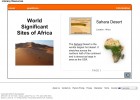
World Significant Sites of Africa
Tiching explorer Organización
- 3030 visitas
This lesson focuses on the harsh climate of the Sahara Desert and on how it affects the landscape, plants and people. We learn about nomadic people who sometimes still travel by camel and who have…
-
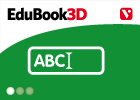
Final self-evaluation T15 05 - Art in the 20th century
EduBook Organización
- 1879 visitas
Complete the sentences with the missing words or dates: In the 1970s, architecture began combining elements from previous architectural periods with and innovative materials. was based on the…
-
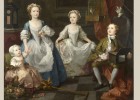
Painting: The Graham Children, 1742
Tiching explorer Organización
- 6358 visitas
This life-size portrait by William Hogarth shows the children of a prosperous apothecary in London. Students may look at it for a minute and try to remember as much as possible about people, animals,…
-
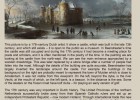
Painting: The Castle of Muiden in Winter
Tiching explorer Organización
- 6300 visitas
In this lesson students may be shown this painting by Beerstraaten for just a minute and then we could ask them to describe as much as possible: colours, light, layout, costumes, architecture, etc...…
-
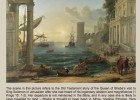
Painting: Seaport with the Embarkation of the Queen of Sheba
Tiching explorer Organización
- 4655 visitas
In this lesson students may be shown this painting by Claude Gellée for just a minute and then we could ask them to describe as much as possible: colours, light, layout, costumes, architecture, etc...…
Te estamos redirigiendo a la ficha del libro...










